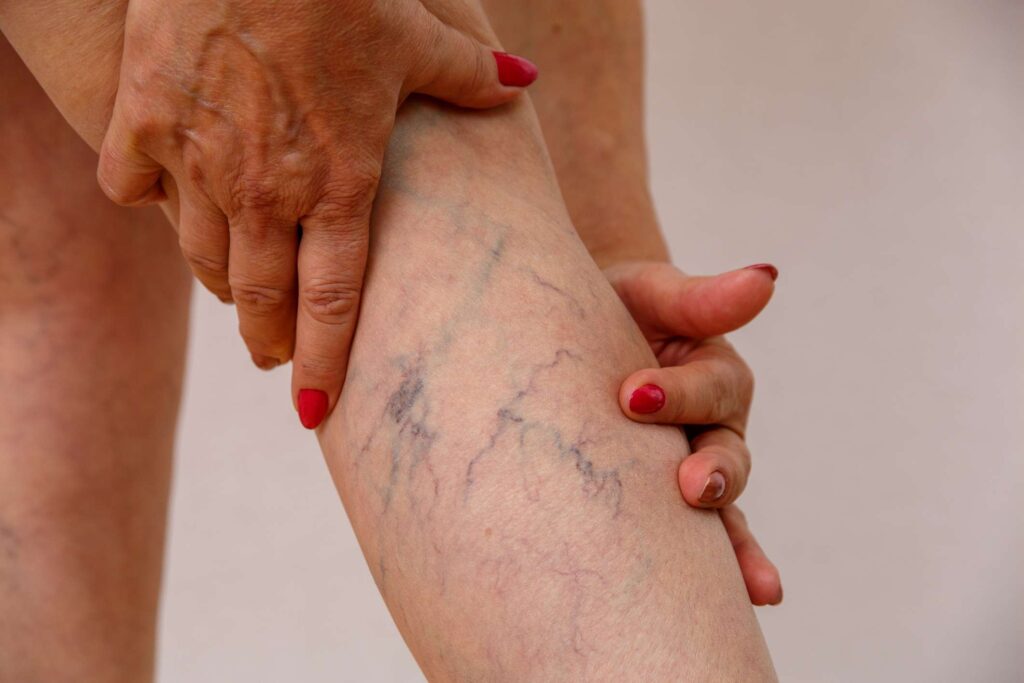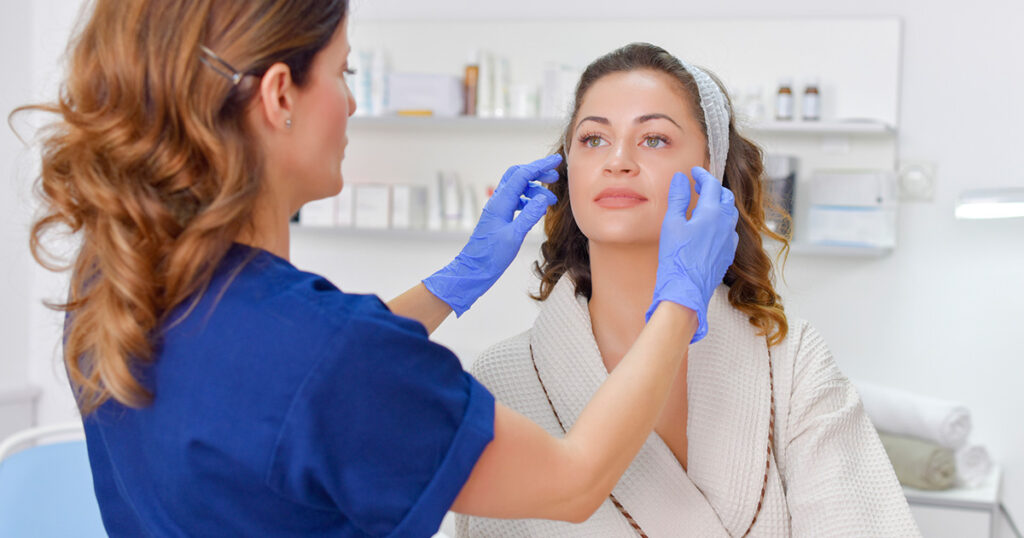Your doctor will give you a physical exam, which will include checking for swelling in your thighs while they’re standing. Your provider could also ask the reader to describe the pain and aching in the legs.
Tests
A healthcare professional may recommend a venous Doppler ultrasound of the leg to diagnose varicose veins. A Doppler ultrasound is just a noninvasive test that uses sound to look at blood circulation through the control valve in the veins. A leg ultrasound could indeed assist in the detection of a blood clot. In this test, a healthcare professional rubs the skin over the body area examined with a tiny hand device about the size of a mild cleanser. The transducer sends images of a legs’ veins to a screen, which shows the results.

Treatment
Self-care, compression stockings, and surgeries or processes may treat varicose veins. The varicose veins treatment is frequently performed as an outpatient surgery, which implies you can usually return home the same day.
Check with your insurance company to see if varicose vein care is covered. The cost of varicose vein treatment may not be covered by health insurance if it is solely to improve the legs’ look.
Surgeries
compression stockings do not even work, or if varicose veins become more severe, a doctor may suggest surgery or other procedures:
- Sclerotherapy-
A healthcare professional injects a solution or foam into the varicose veins, scarring and closing them. Varicose veins that have been treated should fade in a few weeks.
- Laser therapy–
Laser treatment identified bursts of illumination primarily onto the vein, which also helps make the vein gradually disappear as well as disappear. No cutbacks or syringes are used.
- Radiofrequency –
laser-based catheter-based procedures. For more prominent varicose veins, this procedure is the best option.
- Vein stripping and ligation:
This procedure entails tying off a blood vessel before it connects to a large vein and then removing it through minor cuts.
Home remedies and a healthy lifestyle?
Varicose veins can be treated with a variety of lifestyle and home remedies, including:
- Exercise-
Get moving. Walking is an excellent way to improve blood circulation in the legs.

- Maintain a healthy weight-
Excess weight is removed from the body, relieving pressure on the veins.
- Avoid salt-
Eat a low salt diet.
- Wear appropriate footwear-
High heels should be avoided. Reduced shoes put more strain on the calf muscles, suitable for your veins.
- Avoid wearing too tight clothing-
Wearing a tight dress around your waist, legs, or groin can end up causing blood pressure to drop.
- Raise your limbs–
Take several break times each day to raise your legs well above the level of your heart to improve blood flow in your legs.
- Avoid sitting or lying down or standing-
Change your stance to encourage blood circulation.
Self-care
Self-care measures including such exercise, raising these same legs when sitting or lying, and wearing compression stockings can help alleviate varicose vein pain and possibly prevent them from worsening.

